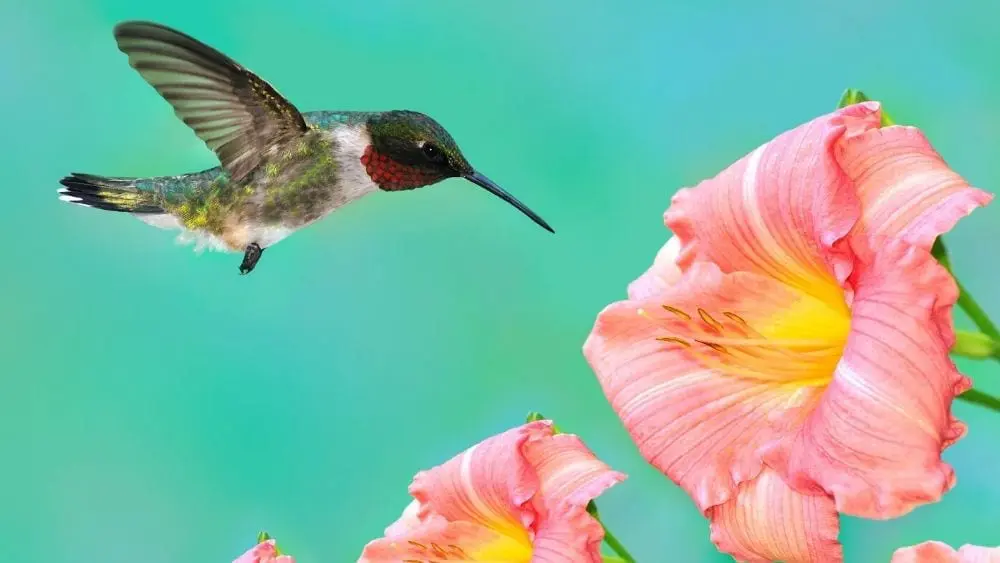
As we inch toward warmer weather and dreaming about gardens in bloom, many of us are looking for ways to reduce our carbon footprint and live life in an environmentally friendly way.
It’s easy to assume that any gardening is eco-friendly, but, there are any number of ways that traditional gardening can harm the environment. Whether you’re planning a new garden for your new home or just looking to improve your existing garden, here are some eco-safe tips and tricks.
Reduce Water Waste
Gardening and watering lawns is one of the ways homeowners add to both their water bill and their carbon footprint. While new homes help reduce water use through WaterSense fixtures and updated building techniques, according to GreenHome.com, outdoor water use makes up around 30 percent of the average homeowner’s water usage and that number trends higher in warmer climates. But there are many ways to save and protect our water sources:
- Mulch around flower beds and hanging plants to provide a tidy look and slow evaporation, reducing the amount of water needed in your garden.
- Water in the evening to reduce evaporation.
- Plant drought-tolerant plants to water less frequently.
- If you have thirsty plants you can’t live without, design your garden to group them in one area so only a small part needs heavier watering.
- Rainscape and design to make the most of the weather by collecting rainwater to water your garden and plants.
- Harvest rainwater with water barrels. Some utility companies are paying customers to recycle rainwater.
Fill Your Garden with Native Plants
Choose native plants to make your garden more ecofriendly. How? First, plants native to your area are less likely to require heavy irrigation. They are already designed for your climate! Second, they have natural protection against native pests and those pests have native predators, reducing the need for harmful pesticides.
Grow Your Own Foods
It’s easy to see landscaping as a visual design process, there to provide a sigh of relief you experience when you step into a beautiful garden. But along with the stunning views, gardens have always provided people with a variety of edible enjoyment. Growing and sharing food from your garden will save money, build community and help the environment.
Fruit and vegetables: Anything edible grown in your own garden reduces the resources needed to provide you with food. Plus, you get more nutrients from food that’s straight from the garden, rather than food that’s been picked, packaged, transported, stored, to be sold sometimes months after the harvest!
Grow your own protein: Growing proteins in your garden reduces the amount of meat you consume. Breeding and caring for livestock has an incredibly high carbon footprint. By growing protein-rich plants, like edamame, quinoa, broccoli and kale, you can eat sustainably without sacrificing a protein-rich diet. In fact, a growing number of Americans are calling themselves “flexitarians,” eating more plants and even going meatless at least once a week.
Create Your Own Compost
Purchasing store-bought fertilizer is a quick way to drive up your carbon footprint. Composting reduces both waste and cost. For the best results, mix plant scraps (like fallen leaves and grass cuttings) with household items (like fruit and veggie scraps, raw egg shells and even cardboard, newspaper and spent tea bags). The plant scraps provide the needed moisture and nitrogen and household items add more carbon and fiber.
Pick the container of your choice and make sure your compost bin sits on a level, well-drained area in your yard or garden. You’ll save money and reduce your need for fertilizer and compost reduces landfill waste, suppresses weeds and reduces pests as well! Some cities are offering an incentive to compost, in the way of reduced pricing for trash removal; check with your local trash company to see what they’re doing.
Improve Air Quality by Planting Trees
Air quality is very important, affecting people, animals and plants, especially in urban areas exposed to more chemicals and gases. Planting the right trees can vastly improve air quality. This helps people and animals breathe safer air, improving both physical and mental health. Better air quality allows other plants to flourish as well. Trees have been shown to help cool the space around them, making cities more habitable.
Plant large trees like conifers and magnolia; their size gives them more air-cleaning power and they’ll blend in easily with most landscape design, provide better shade for cooling and even reduce noise pollution.
The watchword for 2018’s landscaping trends is earth-friendly. By creating an environmentally responsible landscape plan, you’re being friendly to your family, your neighbors and your planet.

Laurie Leiker is a published author, business coach and consumer advocate. She spent 10 years as producer and on-air investigator for the Troubleshooter Tom Martino radio show in Denver, Colo., where she helped consumers get back more than $2 million in one year. She also was a technology pioneer, starting her first computer company in 1990, winning the designation “Best Computer Repair Company” in Denver in 1992.
 Fall Home Maintenance Tips
Fall Home Maintenance Tips